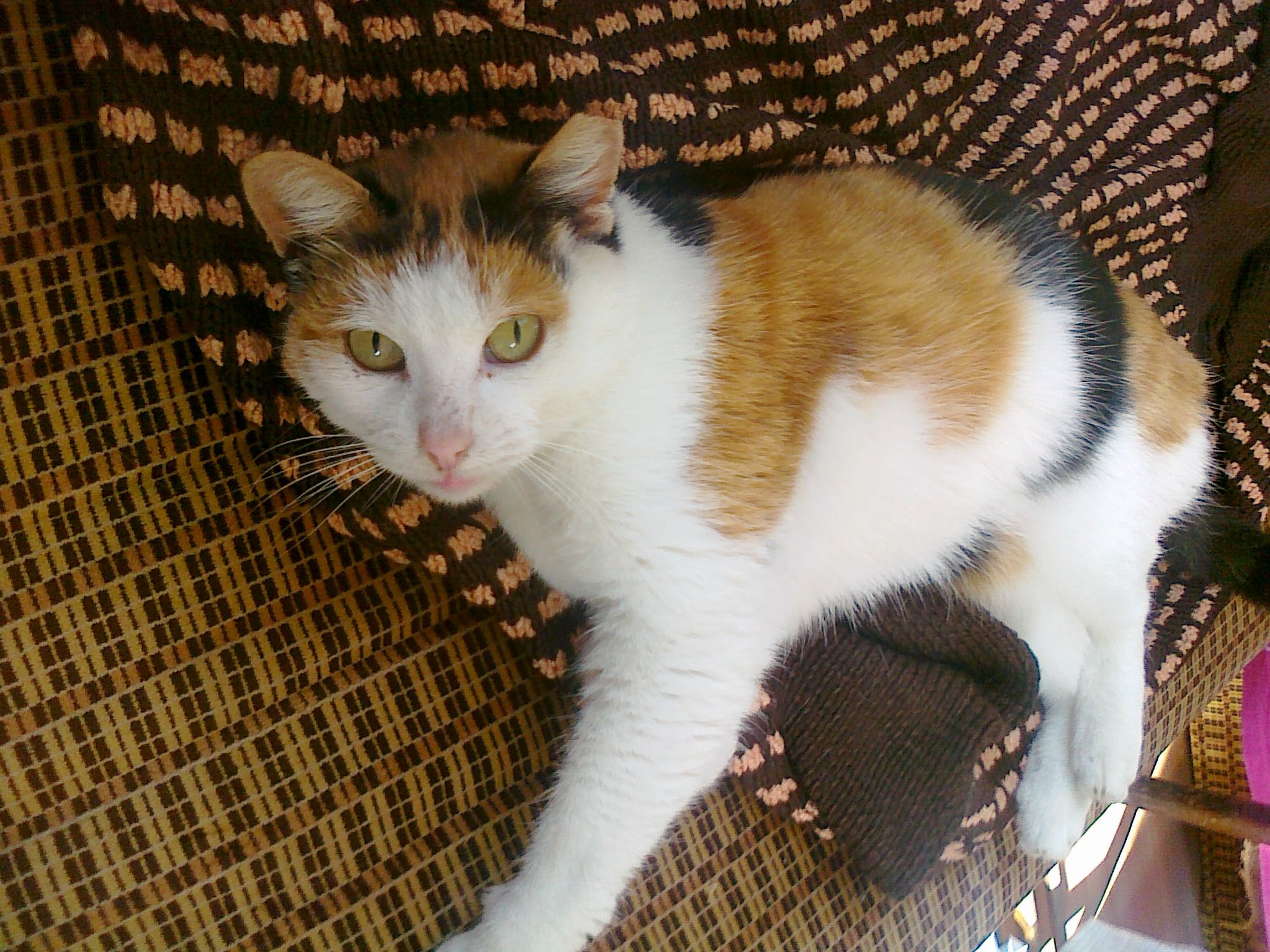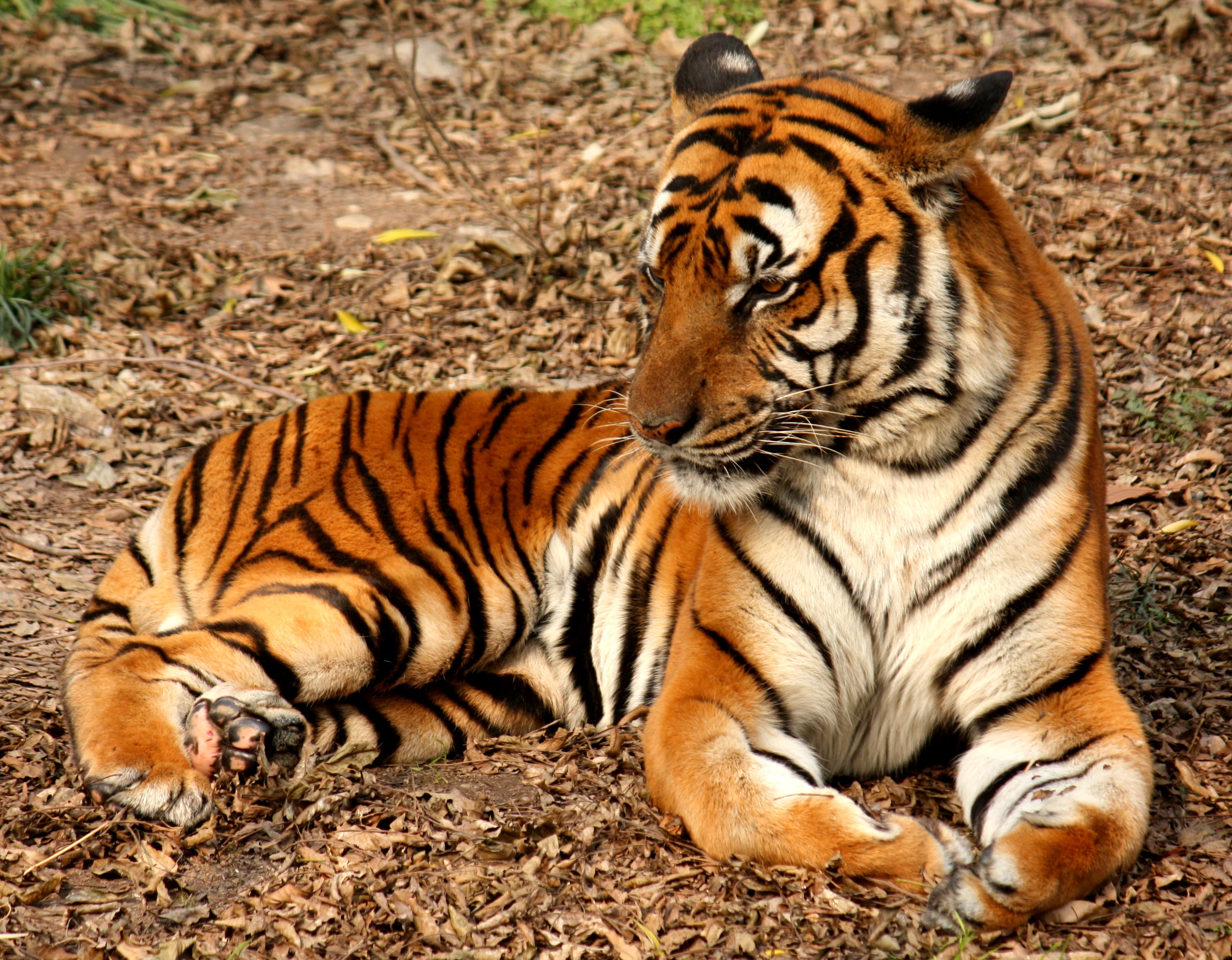
What’s a spot to a stripe?
In this Tiny Expedition, we explore the contrast between random and non-random patterns in animals. After all, these patterns offer all kinds of clues about animal development.
We start at a concept called periodicity, which means looking at whether patterns are random or not.
That’s where our animal morphology expert, Greg Barsh, MD, PhD, comes into the picture. He explains, “If you think about just stripes for a moment, they can come in two general flavors. They can come in a flavor where the position of the stripe is random.”
He elaborates, “There’s a wonderful example in cats. Anyone who has seen or owned a calico cat or a tortoiseshell cat— if you look closely at those cats you’ll see that the position of the stripes is random. You can’t predict where the next one will occur.”
“That is fundamentally different,” he continues, “from, say, tabby stripes in cats or light and dark stripes in zebras.” That’s because tabby and zebra stripes are periodic and predictable.
It turns out, we know a lot about what gives rise to random patterns, but we know nothing about how we get periodic patterns.
The quest to understand these predictable stripe patterns takes us all the way back to the embryo, when stripes start to develop. That means that understanding those stripes can help us understand the ways that embryos transform into full-grown animals.
To learn more about the genetics of spots and stripes, the way we get random patterns in animals and how this all relates to our broader understanding of the living world—listen to Tiny Expeditions Episode 4: What’s a Spot to a Stripe?








